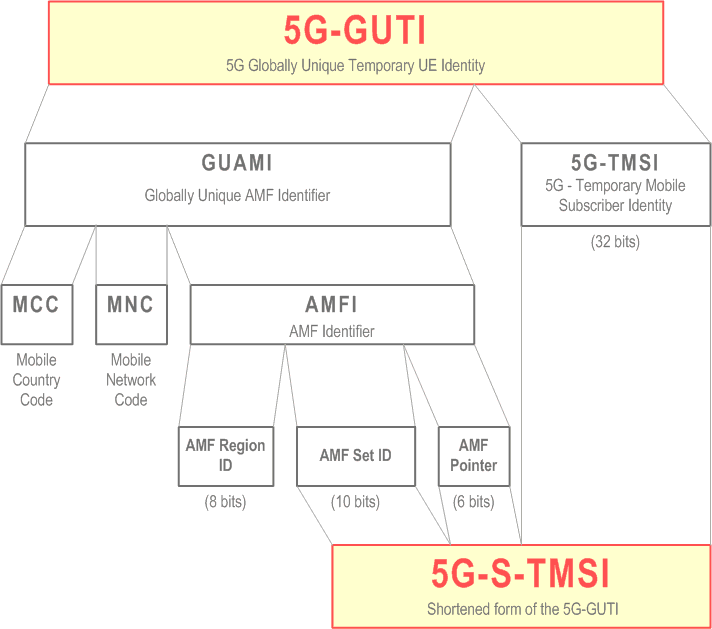TS 23.003
Numbering, Addressing and Identification
V18.6.0 (PDF)
2024/06 164 p.
V17.10.0
2023/06 155 p.
V16.12.0
2023/06 149 p.
V15.11.0
2021/12 134 p.
V14.7.0
2018/03 112 p.
V13.10.0
2017/09 106 p.
V12.9.0
2015/06 94 p.
V11.9.0
2014/10 86 p.
V10.10.0
2014/09 83 p.
V9.15.0
2014/09 81 p.
V8.21.0
2014/09 79 p.
V7.11.0
2012/03 57 p.
V6.17.0
2012/03 53 p.
V5.11.0
2006/06 41 p.
V4.9.0
2006/10 37 p.
V3.15.0
2006/10 36 p.
GSM Rel-98 v7.8.0
2003/10 30 p.
GSM Rel-97 v6.8.0
2003/10 25 p.
GSM Rel-96 v5.5.0
2003/10 22 p.
GSM Phase-2 v4.11.1
2001/01 17 p.
GSM Phase-1 v3.6.0
1993/10 15 p.
- Rapporteur:
- Mr. Wild, Peter A.
Vodafone GmbH

essential Table of Contents for TS 23.003 Word version: 18.6.0
each title, in the "available" or "not available yet" area, links to the equivalent title in the CONTENT